I've reviewed dozens of pillows and these are the 7 things you need to know before buying one
Plus, the things I wish I’d known years ago


- 1. Different pillows suit different sleep styles
- 2. The fillings in your pillow are hugely important
- 3. Temperature regulation
- 4. Fluffy pillows doesn’t always equate to them being good
- 5. Some pillows are bad for allergies
- 6. Don’t ignore the care instructions
- 7. The lifespan of a pillow is relatively short
- What pillow should you buy?
I’ve reviewed dozens and dozens of pillows as a sleep writer. I’ve tested synthetic pillows, natural-fibre pillows; pillows that cost less than a tenner and the most expensive pillows on the market. Over this time I’ve learned a lot about what makes for a good pillow.
Before testing the best pillows money can buy, I will admit I often went for whatever was available, cheapest and ideally came in a two-pack. Then I’d wonder why I had neck ache or woke up in the night to find my pillow as flat as a pancake.
So as someone who’s seen the light and knows how to pick the best pillows, I’m willing to share my findings with you. Here’s what I’d say you need to know before buying a pillow – and the things I wish I’d known years ago.
1. Different pillows suit different sleep styles
Before becoming a sleep writer, I was ignorant to how pretty much everyone else in the world sleeps. I thought everyone slept like me – on their left side all night long. Oh how wrong I was. There are side, back and stomach sleepers – and of course those who chop and change. And different pillows suit different sleepers.
‘A soft feel [pillow] is an ideal pick if you sleep on your front and like to scrunch your pillow at night,’ says Olivia Shykles, Filled Bedding Buyer at John Lewis. ‘A medium [pillow] is an ideal pick if you sleep on your back and prefer supportive comfort whereas firm offers great support for your neck, taking the pressure off your back and shoulders.
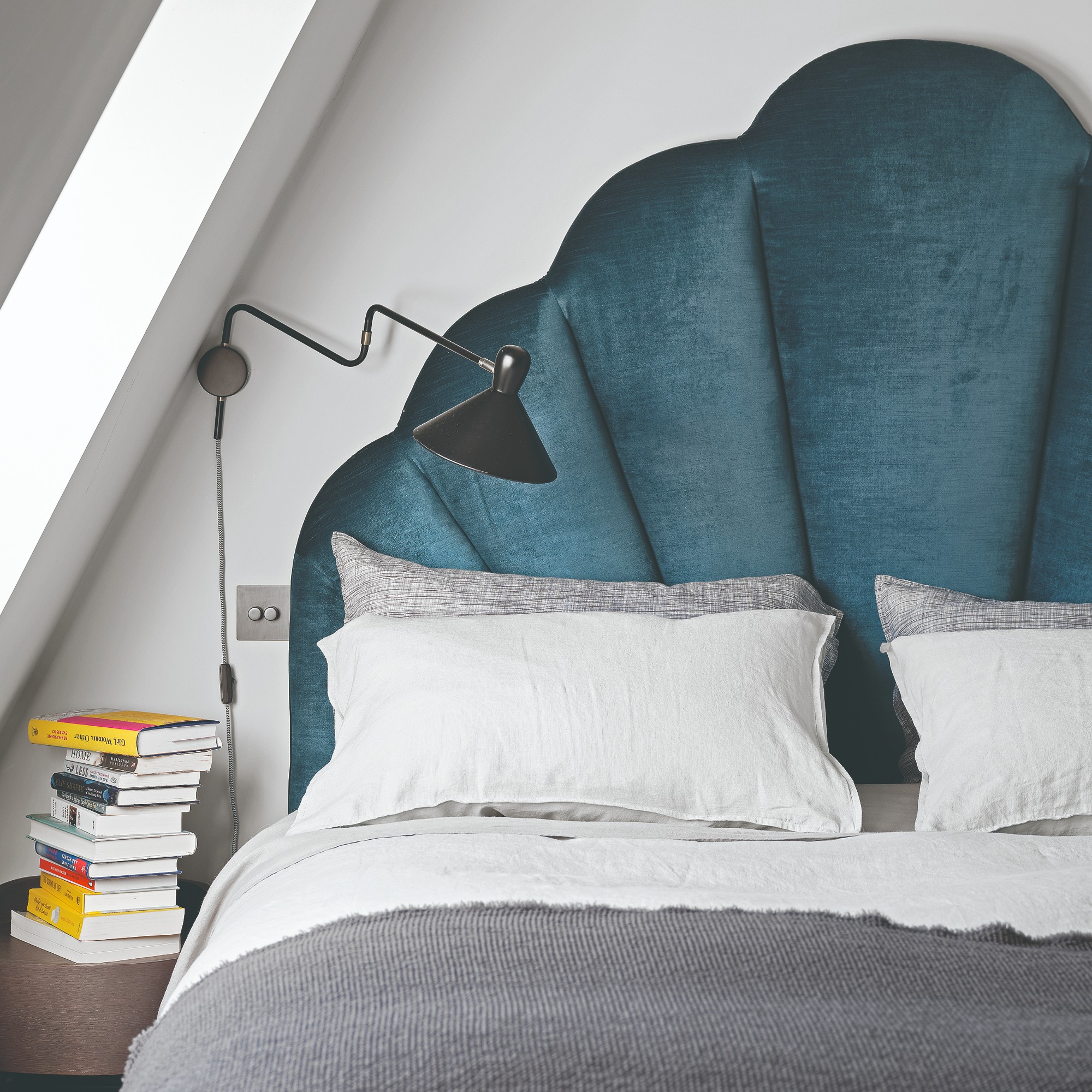
‘Other factors to consider are the pillow against the mattress, as a firm pillow won’t work as well with a soft mattress,’ says Olivia.
The filling is a big factor in how firm or soft your pillow is. Which leads us neatly on to my next point…
Sign up to our newsletter for style inspiration, real homes, project and garden advice and shopping know-how
2. The fillings in your pillow are hugely important
The filling in your pillow will dictate pretty much everything about your pillow. How firm it is, how high the profile, what it looks like on your bed, how much it sags, how to care for it… the list goes on. So finding the right pillow filling for you is incredibly important.
‘Filling type – meaning natural, synthetic or foam – is the next decision that needs to be made,’ says Olivia. ‘Each has a range of benefits that may make them more suitable for you.’
‘Different pillow fills (feather, down, memory foam, synthetic) offer varying levels of support and comfort,’ says Karen Thomas, Head of Design at Marks and Spencer. ‘Natural feather fillings are generally softer than synthetic ranges and are lightweight.’
Traditional feather and down pillows are great for offering a snug feeling around your head and are good for helping you regulate your temperature. You can also fluff them up and create a nice aesthetic for your bed when it's made. But feather and down tend to be a match made in hell for allergy sufferers as they trap moisture. You’ll need to wash them regularly, so make sure the pillows aren’t high-maintenance if you do plump for feathers and have allergies. Front sleepers often find the softer feather and down pillows good.
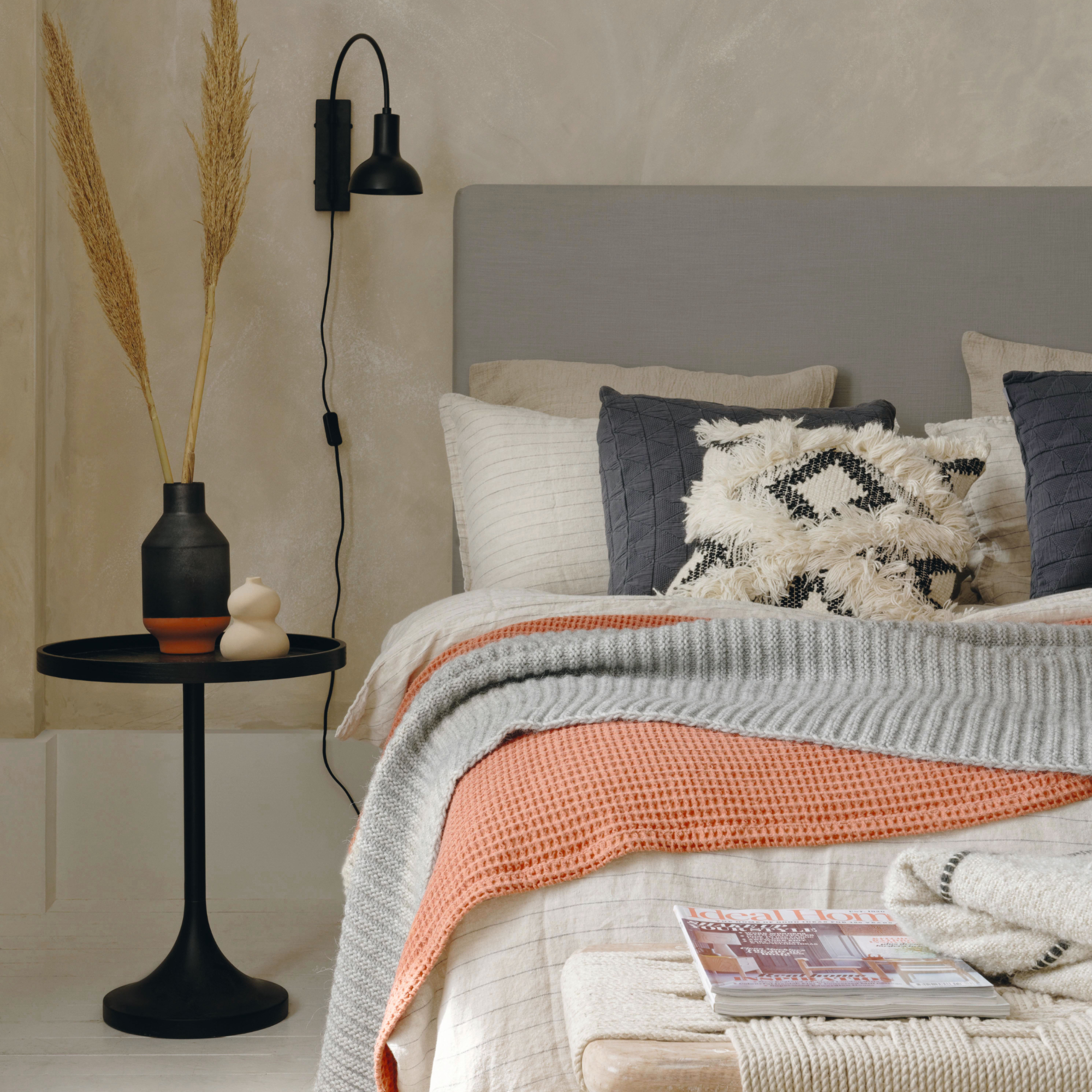
Synthetic pillows – hollow fibre and microfibre – are great for easy care, and you can also often choose between firmness. They also can be more affordable than natural-fibre pillows. However, they can overheat you as they’re not super breathable.
Back sleepers might find synthetic pillows good, and also wool pillows – which also have a medium firmness. Wool is a fantastic pillow filling as it is temperature regulating (you won’t overheat) and naturally antimicrobial and hypoallergenic. They are, however, a bit more expensive.
Memory foam and latex pillows offer more support – great if you have aches and pains. However, they are pretty firm and often have a low profile. They might not look like the fluffy dream on your bed. Side sleepers tend to get on well with memory foam pillows.
3. Some pillows can actively help you stay cool (and some will overheat you)
I’m somewhat of a Goldilocks when it comes to the temperature I like to sleep at. I hate being cold, and struggle to fall asleep if I’m even remotely chilly. However, I can overheat at times. I previously thought duvets were the only factor in helping you stay at the right temperature at night but pillows and mattresses have a big part to play too.
As alluded to above, different fillings in pillows will have different levels of breathability. Some fibres like wool and feathers are naturally great at helping you regulate your temperature through the night. They also wick away sweat (grim, but necessary).
And there are cooling pillows – usually synthetic pillows – that are designed to cool you down. This section of the pillow market includes lots of different styles of cooling from cooling-gel pads inbuilt into it, to a cool touch surface, and vents to allow free air flow inside the pillow.
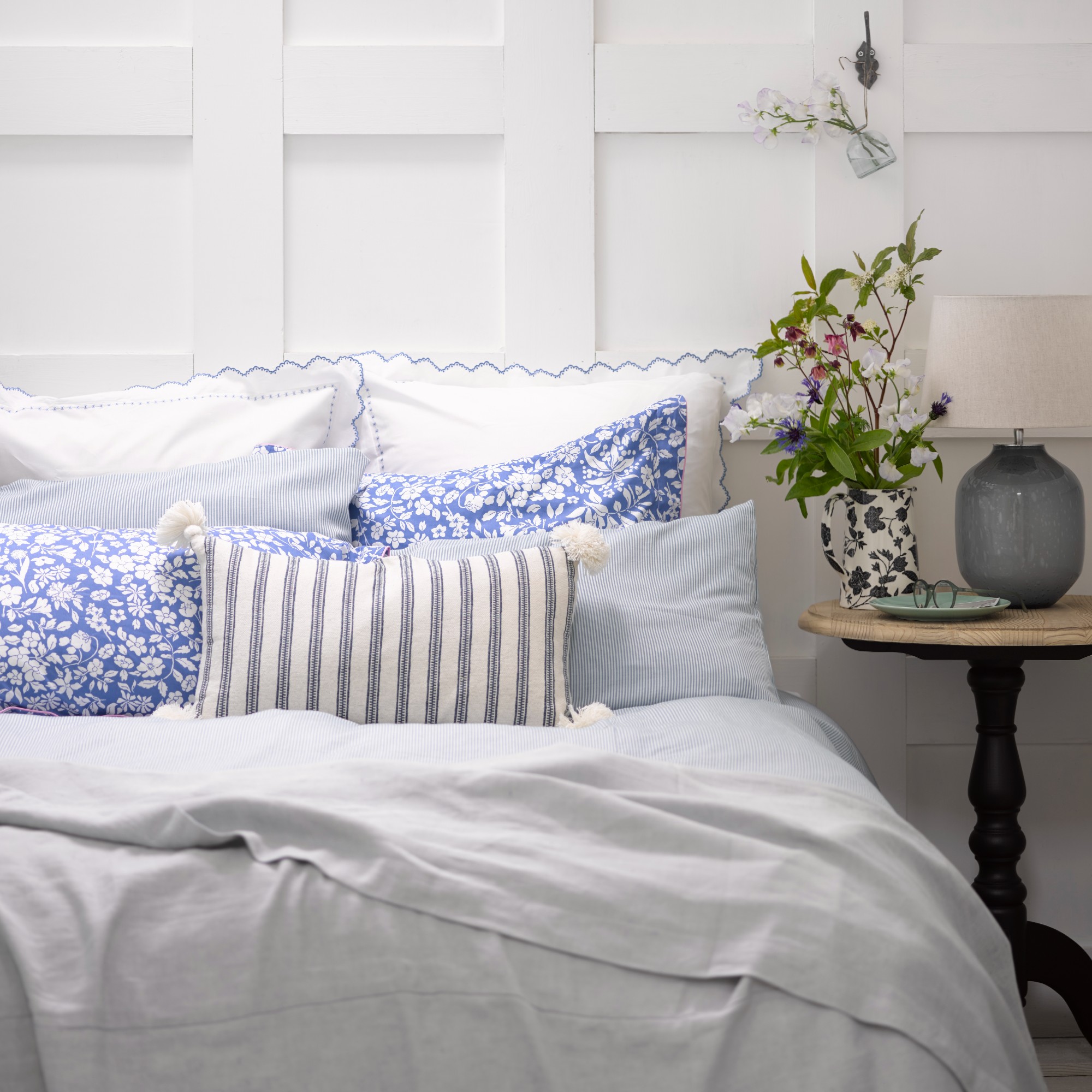
4. Fluffy pillows doesn’t always equate to them being good
Before I was a sleep journalist I used to think the hallmark of a good pillow was it looking plump and fluffy on my bed. But when I had these fluffy pillows I was waking up with a sore neck. It turns out while these cloud-like pillows look great, and are a dream for some people, they are a nightmare for others who need more support.
‘While we all love an aesthetic décor pillow, it’s important that the pillows we sleep on prioritise quality and comfort,’ says Karen from Marks and Spencer.
Style isn’t really the thing to focus on when choosing a pillow. Instead, find a pillow that keeps your spine aligned all night long and provides you with the right level of support.
5. Some pillows are bad for allergies
allergy-freeI’ve lived my life allergy-free. I didn’t ever consider whether pillows are hypoallergenic – or even what that meant. I will admit that part of me suspected ‘hypoallergenic pillows’ might’ve been a marketing plot. Oh, how wrong I was. I now have a child who is prone to allergies, and dust-mites is one of the allergens that affects them the most. I am now on board with the hypoallergenic pillows.
Some pillows are hypoallergenic or naturally great for allergy sufferers. Wool and latex repel dust mites, which are one of the main causes of house allergies in the UK. And some synthetic pillows are designed to be hypoallergenic too. You ideally want pillows you can easily launder, to allow you to blitz dust and dust mites out of the pillows.

6. Don’t ignore the care instructions
I never looked at the care instructions for my pillows before I wrote about sleep. I thought the extent of care was stuffing a pillow into a pillow case, and sending them to the dry cleaners every so often. Don’t be like former me.
‘A pillow that can't be washed or properly cared for will accumulate dust mites, bacteria, and sweat over time, impacting sleep hygiene,’ say Karen from Marks and Spencer. ‘All M&S pillows, except for memory foam, are machine washable, and memory foam pillows come with removable, washable covers.’
Care instructions on pillows need to be followed. It will extend the lifespan of your pillow, and hopefully help you sleep better too. So when you’re picking a pillow, check the care instructions and make sure you are going to be able to wash your pillows. Some are more high-maintenance than others.
7. The lifespan of a pillow is relatively short
Mattresses show signs of being at the end of their lifespan, and so do pillows. I thought I just needed to change a pillow when it became flattened, but that’s not true. And, rather embarrassingly, I also thought pillows would last for decades. Also not true.
‘Many people may not realise that over time, pillows can degrade, losing their support and comfort, which can lead to neck or back pain,’ says Karen from M&S.
Pillows tend to last from 18 months to three years, although sometimes they can last longer. Down and feather pillows tend to need to be replaced around every 1-3 years unless you really take care of them. Polyester pillows also tend to last between 1-2 years.
Signs your pillow needs replacing include it doesn’t spring back when folded in half, you’re waking up with a sore neck or back on the regular or it’s lumpy.
What pillow should you buy?
If you're still feeling a little overwhelmed by the amount of pillow choice out their, here are three of our favourite pillows to pick from.
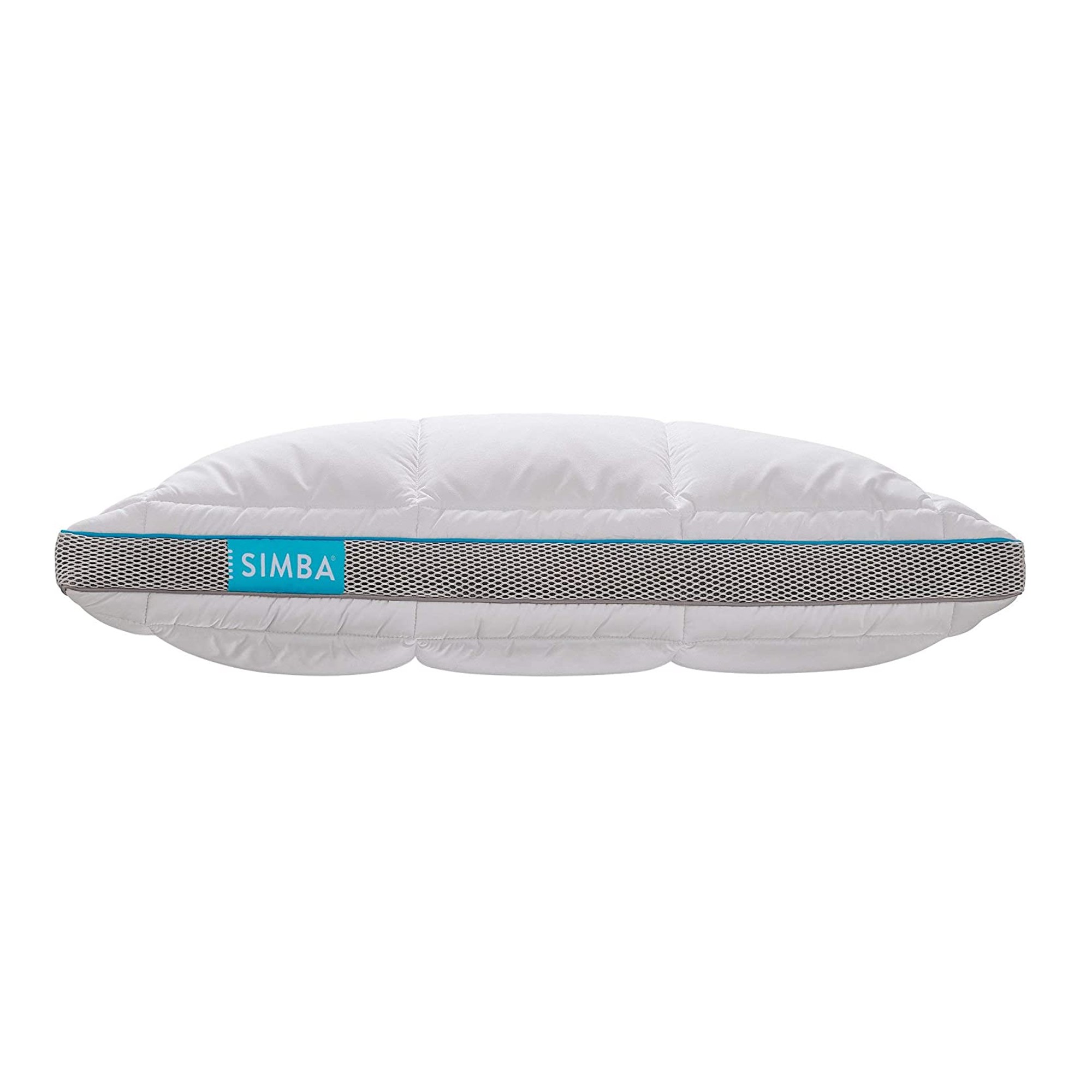
This pillow is a brilliant all-rounder with adjustable fill that means it can work for side and back sleepers.
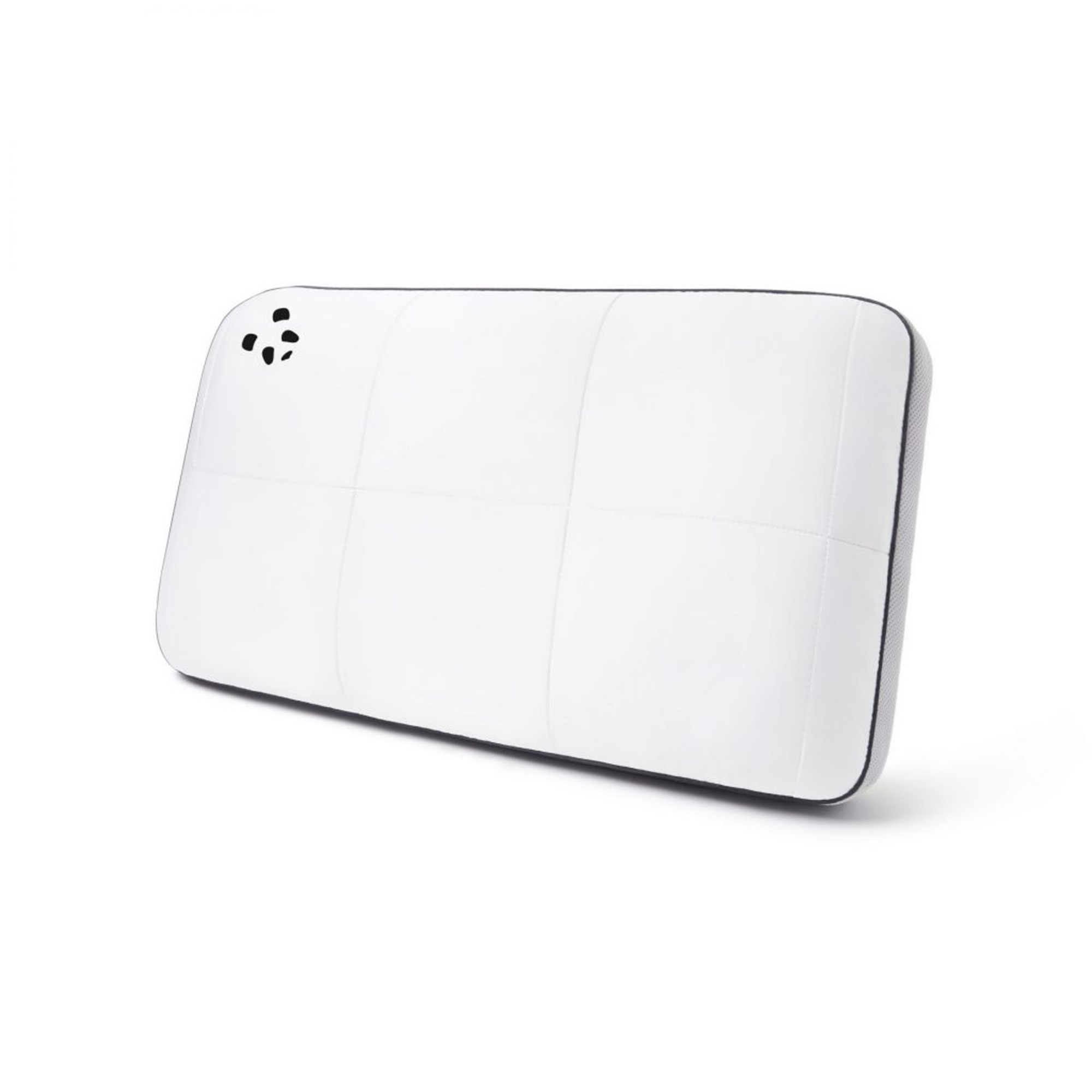
If you prefer a firmer pillow this is the one that converted most of our testers to memory foam
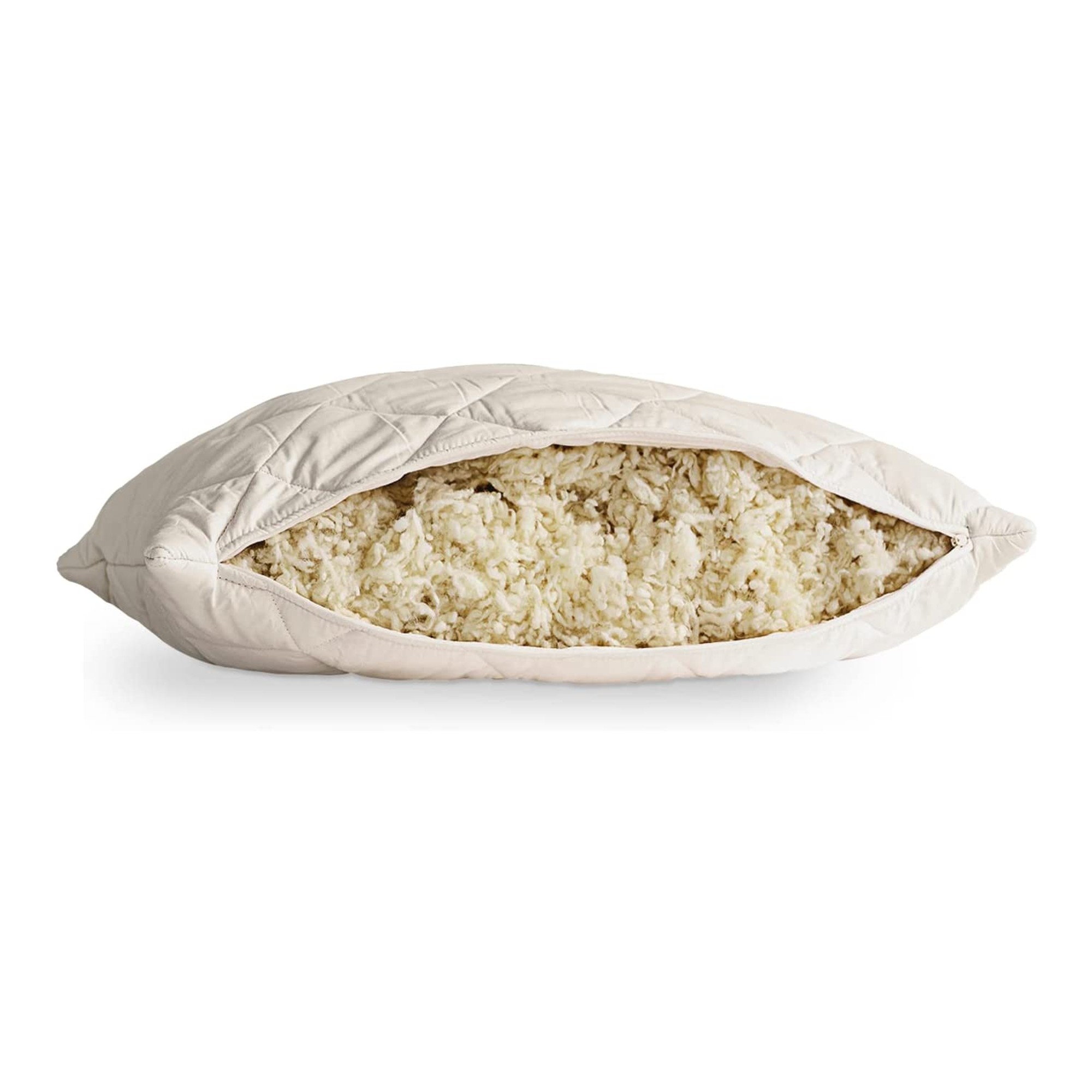
For a natural, breathable and adjustable pillow, this wool pillow is a great option.

Zoe is a freelance journalist and content strategist. Her career has traversed kids' publishing, women's lifestyle magazines, luxury property and content marketing. She's worked for the BBC, STYLIST, Marie Claire, heat, Wallpaper*, InStyle, The Sunday Times Style, Ocado, Christie's and more. She now regularly writes about interiors and sleep for a range of media – what she doesn't know about mattresses isn't worth knowing.